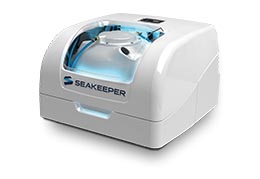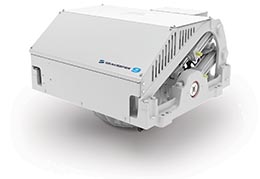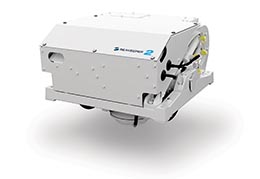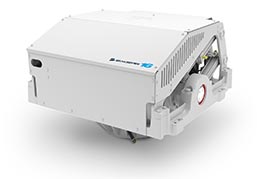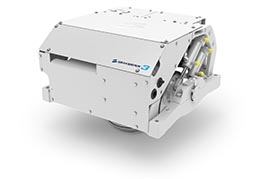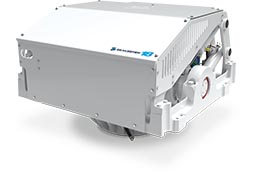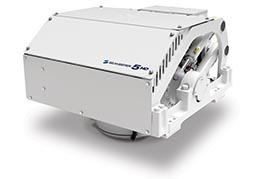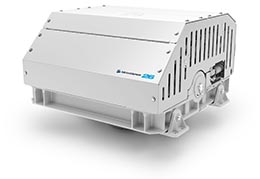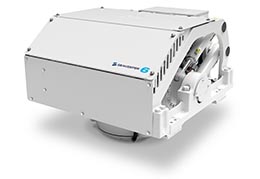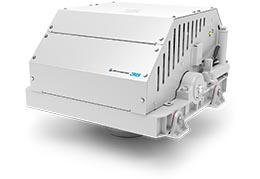Hurricane season is no joke for Florida residents—especially those who own and operate yachts. The presence of a hurricane marks a time for immediate and thorough action in regards to taking preventative and protective measures regarding your yacht and being able to proactively plan out your strategy is invaluable in preventing damages to your investment.
The best way to deal with potential hurricanes during this time of year is to actively consider the weather—both locally and in the tropical zones of the world. By paying attention to weather patterns, you’ll be able to beat the storm and secure your boat, eliminating the need and cost for extensive yacht repair in Fort Lauderdale after the storm has passed. Take a look at the different stages of a hurricane’s creation and what you should be doing during each of these phases to protect your boat:
Tropical disturbance: This is the earliest stage of a hurricane’s formation and generally occurs in the southern tropical zone. Monitor this disturbance actively as it develops and make sure to follow predictions on its developing intensity. No immediate action for your yacht is necessary.
Tropical depression: This stage occurs when several tropical storms join together. It is a good indicator that a hurricane is indeed developing and should be actively monitored for any rising levels of activity. During this phase of development, it’s a good idea to check with your alternate docking location, to make sure that you’re ready to move your boat should the storm continue to push forward.
Tropical storm: This is the point where a hurricane is imminent. Tropical storms are given names that will later classify the hurricane and these storms are expected to worsen quickly. Now the time has come to move your boat, to get it out of harm’s way. Failing to take action at the beginning of a tropical storm could subject your yacht to rain damage and even high winds, which will almost certainly warrant yacht repair in Fort Lauderdale.
Hurricane: When the eye of a storm fully forms and the wind speeds reach 64 knots, a hurricane has formed. By the time a hurricane is properly classified, you should have already taken action to move your boat to a safer, more secure location. It’s at this time that waterways will close and marinas will shut their doors, so make sure your plan has been properly executed!
A hurricane, and even a powerful tropical storm, can wreck havoc on a yacht that’s improperly stowed when the weather goes bad. Major storms have been known to do more than just batter yachts around where they’re docked—they can throw them up onto land, effectively destroying them in the midst of powerful storm surges!
Don’t leave your yacht to suffer the elements this storm season: make sure you’re properly prepared and ready to take action during each of the storm phases listed above.

